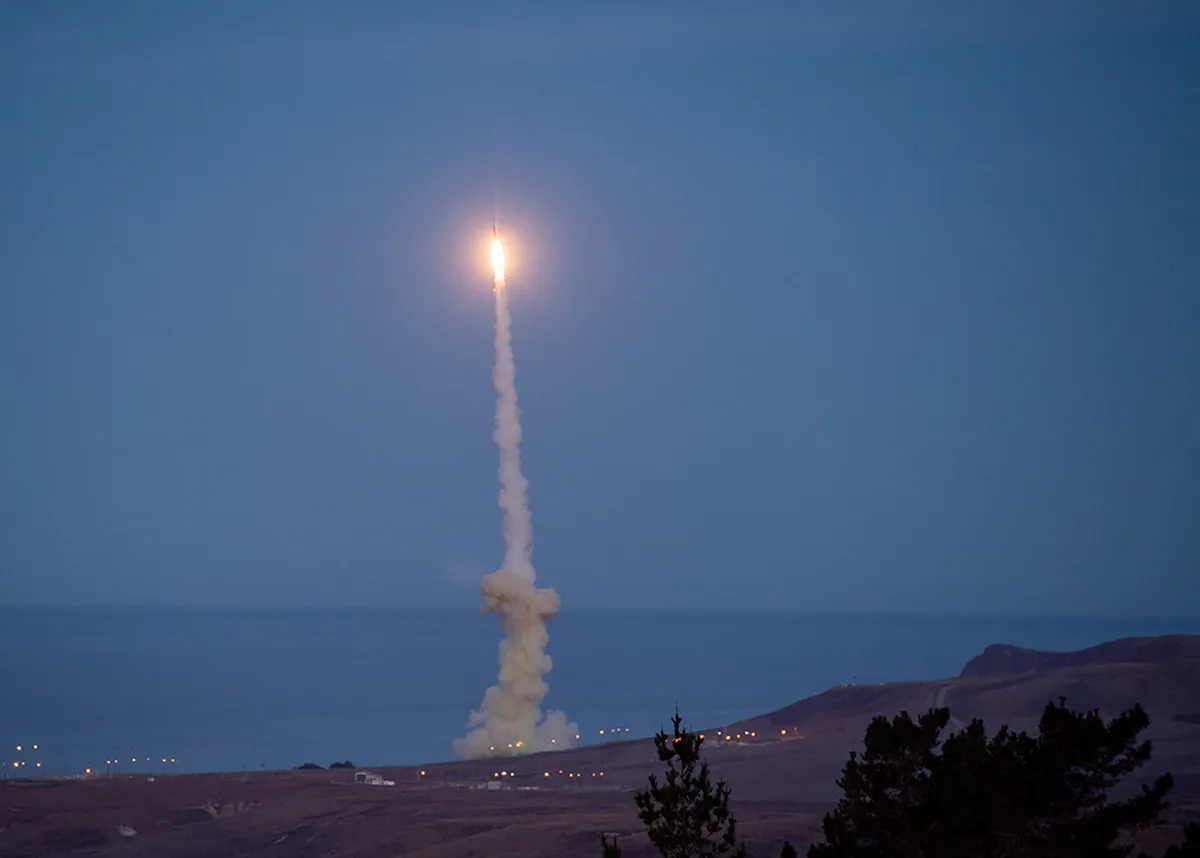In July 2019, Paramount released the trailer for “Top Gun: Maverick,” starring Tom Cruise reprising his role as Captain Pete "Maverick" Mitchell. However, eagle-eyed viewers noticed that the patches on the character’s bomber jacket no longer bore the flags of Japan and Taiwan, both of which — especially the Taiwanese flag — would be politically sensitive in mainland China. Instead, the two flags had been replaced with ambiguous symbols in the same colors.
The changes to Maverick’s jacket were regarded by many commentators as an example of the People’s Republic of China’s (PRC) influence over Hollywood. PRC tech giant Tencent was one of the investors in the film. Beijing regards Taiwan as a renegade province and actively seeks to deny Taiwan recognition as a state by the international community. Thus, the presence of the Taiwanese flag on Maverick’s jacket probably would not sit well with Chinese Communist Party (CCP) censors and therefore could threaten the film’s release in the PRC. The exact impetus for the decision to remove the flags from Maverick’s jacket remains unclear: Did PRC government censors direct Tencent to use its influence to make the change? Did Tencent executives make the decision out of genuine patriotism? Did film executives self-censor to ensure that the film could be distributed in mainland China? Regardless of the answer to these questions, the result was the same — Maverick’s jacket was censored.
The flags on Maverick’s jacket were restored in the final version of the film after Tencent reportedly backed out of the production in 2019. It is unclear whether Paramount decided to restore the patches before or after Tencent backed out.
What is clear is that the PRC is engaged in a global campaign to influence the media environment in its favor. The scope of Beijing’s efforts touches virtually all aspects of the information environment in countries around the world, including digital, print and broadcast media, as well as information and telecommunications infrastructure. Buying influence in Hollywood and leveraging access to PRC markets to promote self-censorship among foreign filmmakers are just two examples of a robust set of tactics, tools and techniques that Beijing uses to shape what audiences read, hear and watch. Other major lines of effort in Beijing’s playbook include the following:
- Tailoring the content produced by the PRC’s state-run media outlets so that it is more accessible, credible and compelling to foreign audiences. Beijing does this by producing content in foreign languages, reporting on local events overseas and recruiting foreign journalists to tell the PRC’s stories.
- Maximizing channels to distribute PRC-produced media content and reach as broad an audience as possible. To achieve this, Beijing uses foreign media outlets as channels for distributing PRC-produced content. It has also established a foreign social media presence and has created new channels for distribution by investing in PRC-developed social media applications, foreign media outlets and the development of overseas telecommunications infrastructure.
- Influencing foreign media outlets and journalists to promote PRC-friendly narratives and suppress narratives that Beijing finds objectionable. The PRC does this by promoting self-censorship among foreign journalists, buying the right to shape the content by acquiring an ownership stake in foreign media outlets, and hosting international media forums, conferences and training programs for foreign media professionals.
A key question that government officials, media professionals and academics have struggled with is how to support the integrity of the global information environment against Beijing’s expansive efforts. Related questions include: How does the international community defend against Beijing’s efforts to promote its narratives at the expense of others? How does the international community prevent Beijing from exporting censorship?
When considering these questions, the “Top Gun” example offers some food for thought. First, the public blowback in response to the 2019 trailer featuring the censored jacket demonstrated that there is a cost to catering to PRC censors. The old adage “sunlight is the best disinfectant” comes to mind. In this case, exposing the alleged evidence of PRC influence created a public relations backlash that possibly led Hollywood executives to wonder whether pleasing PRC censors to ensure distribution in China is worth the potential cost. Second, despite the possibility that it will be banned in China, “Top Gun: Maverick” has been wildly successful in the United States and elsewhere around the world. As of June 6, 2022, the film had become Tom Cruise’s highest-grossing movie at the domestic box office, earning over $300 million, and had earned $261.6 million worldwide, fueling speculation that it could eventually rake in over $1 billion. The success of the film sets a positive precedent for Hollywood pushback against Beijing’s influence and suggests that attempting to please PRC censors may not be worth it.



